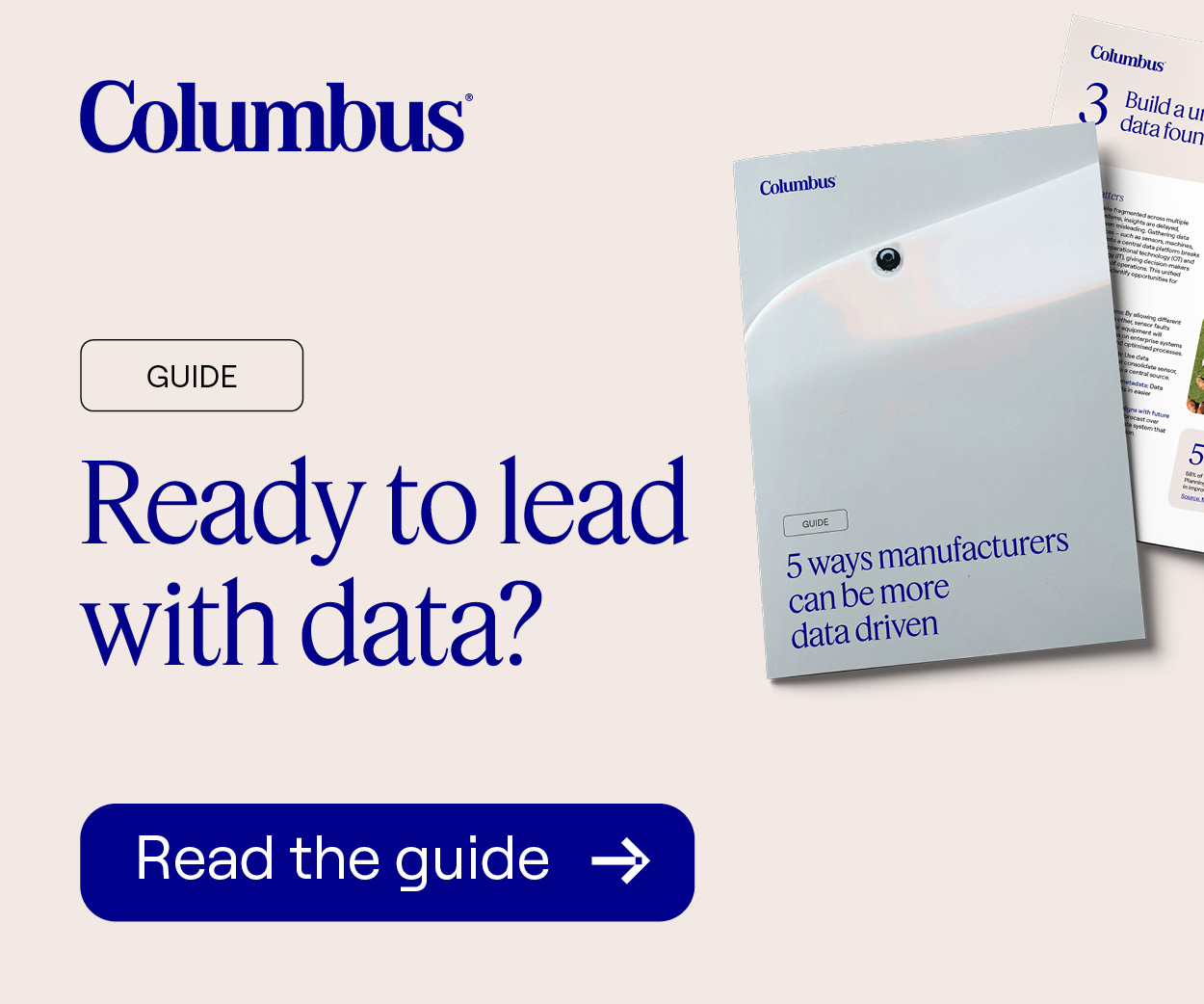In a world that runs on information, digital systems are no longer a luxury—they’re a necessity. From small businesses to global enterprises, organizations are turning to digital technologies to make smarter, faster, and more informed decisions. By connecting the dots between raw data, automation, and real-time analytics, digital systems are transforming the way we solve problems and plan for the future.
A New Era of Data-Driven Intelligence
One of the greatest advantages of digital systems is their ability to process and interpret vast amounts of data. Traditional decision-making often relied on gut instinct or outdated reports. Now, organizations can tap into real-time dashboards and predictive models that reveal patterns, trends, and insights. This shift means leaders are better equipped to make choices rooted in evidence, not guesswork.
Whether it’s tracking customer behavior, forecasting sales, or monitoring supply chains, digital systems bring clarity to complexity. They provide a foundation of knowledge that supports more strategic and successful outcomes.
Automation Boosts Efficiency and Accuracy
Automation is one of the most practical benefits of digital systems. By eliminating repetitive manual tasks, organizations can free up time, reduce human error, and focus on higher-value work. Automated systems streamline processes such as data entry, scheduling, reporting, and even customer service.
For example, a logistics company might use automated route planning software to improve delivery times and reduce fuel costs. Meanwhile, a marketing agency could use scheduling tools to deploy campaigns at optimal times without manual oversight. Across every industry, automation ensures resources are used efficiently and decisions are carried out swiftly.
Predictive Insights for Forward Planning
Digital systems not only make sense of current data—they also help predict what’s next. With the help of machine learning and historical analysis, businesses can forecast trends and make proactive decisions. This capability is crucial in fast-changing environments where a delayed reaction could result in missed opportunities or increased risks.
Retailers can predict purchasing patterns before peak seasons. Healthcare providers can anticipate patient surges. Manufacturers can prepare for demand fluctuations. The ability to plan ahead with confidence gives organizations a competitive edge and the flexibility to adapt in real time.
Better Risk Management and Transparency
Making smarter decisions also means managing risk more effectively. Digital systems enable organizations to monitor for anomalies, detect threats, and implement controls before small
issues turn into major problems. From financial auditing to cybersecurity, these tools add a layer of protection that manual systems simply can’t match.
In addition, digital systems increase transparency. When data is stored in centralized platforms accessible to key stakeholders, everyone has access to the same version of the truth. This openness fosters trust, improves accountability, and strengthens team collaboration.
Supporting Smarter Marketing Decisions
Marketing is an area where digital systems shine. Campaigns can now be monitored and adjusted in real time, using accurate insights into user behavior, demographics, and engagement rates. These insights help marketers fine-tune their approach for better performance and higher returns on investment.
For agencies, platforms like Click Intelligence offer powerful tools like Click Insights that drive smarter SEO and marketing strategies. Their white label SEO software, for example, helps agencies deliver data-backed results for clients while maintaining their own brand identity. These kinds of solutions demonstrate how digital systems enable better outcomes both internally and externally.
Conclusion: Smarter Decisions Start with Smarter Systems
Digital systems are the backbone of modern decision-making. They collect, analyze, and act on data in ways that were once unimaginable. From improving operational efficiency to boosting customer satisfaction, their impact is far-reaching and essential.
Organizations that invest in these systems are not just keeping up with the digital age—they’re staying ahead of it. By connecting the dots between data, automation, and insights, they’re building a smarter, more responsive future.


